For decades, researchers have sought to speed up drug development. However, this process became slower, riskier and required large financial investments. Thus, from the start of a development program to the time a marketing authorization is issued, it takes 12 to 15 years, and nine out of ten drugs that undergo clinical trials do not receive approval at all. Needless to say, the cost of bringing drugs to market is estimated to cost billions of dollars. Pharmaceutical companies, however, are struggling to innovate, including advanced artificial intelligence (AI) systems that radically shorten the steps leading up to clinical trials. Currently, researchers from universities and leading pharmaceutical companies are testing whether AI can significantly reduce the duration of the discovery and development phase of new medicines. Are we really expecting the imminent appearance of a wide variety of drugs? Let's find out!
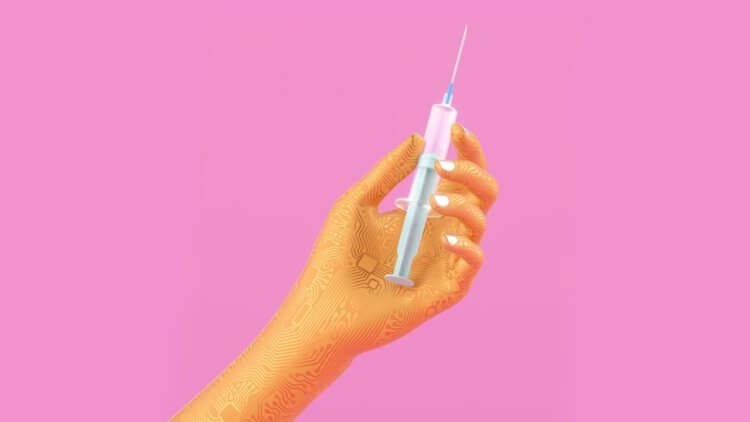
Drug developers are looking to speed up the testing and development of new drugs using artificial intelligence (AI). Image: Economist.com
Artificial intelligence can help speed up drug development, but only if we give it the right data
Contents
- 1 Neural networks, drugs and poisons
- 2 Who uses AI to develop drugs?
- 2.1 Development and clinical trials
- 2.2 How has AI accelerated the drug development process?
- 3 The world is on the verge of revolution
Neural networks, medicines and poisons
A year ago, we talked about a study, the results of which were never published in full – all because of the increased secrecy and risks that the development of medical drugs using generative AI carries. Then the authors of a work published in the journal Nature Machine Intelligence discovered that AI can quickly create both new drugs and biological weapons.
Yes, yes, you heard right – the presented MegaSyn artificial intelligence system, trained combine molecules in combination, in just six hours createdmore than 40,000 potentially dangerous molecular compounds, many of which have proven to be more toxic than all existing nerve agents. Fortunately, none of the connections generated by the system exist in reality, but the risks are enormous, which means you need to approach the issue wisely.

Artificial intelligence is changing the approach and methods of creating and developing new drugs. Image: fastcompany.com
Because artificial intelligence can analyze huge amounts of data in a matter of days, examining complex protein structures and evaluating potential target molecules, the potential for new drug discovery is enormous. And as machine learning develops, this process will accelerate.
Read even more interesting articles about the latest scientific discoveries in the field of medicine and biotechnology on our Yandex.Zen channel – articles that are not on the site are regularly published there!
According to most researchers, modern generative AI is unlikely to speed up the process of clinical drug trials, but it could potentially help reduce the long period during which the «biological target responsible for a disease» and «screening molecules that can interact with it».
Who uses AI to develop drugs?
Today, large pharmaceutical companies are investing in the development of AI systems for drug development. Big tech firms, including Google, and many startups are doing the same. Thus, according to the Financial Times, the company Isomorphic Labs, which develops drugs using AI, has already signed billions of dollars in contracts with pharmaceutical companies, promising a «revolution of the long development process» and «reducing the time spent searching for new drugs».
Startups focused on artificial intelligence have already appeared in the US (Recursion and Genesis Therapeutics), Hong Kong (Insilico) and the UK (Relay Therapeutics). Moreover, according to Insitro director Daphne Koller, large language models no longer need to be explained or trained. Proof of this is Nvidia, which has invested in or partnered with at least six different biotech firms specializing in artificial intelligence over the past year.
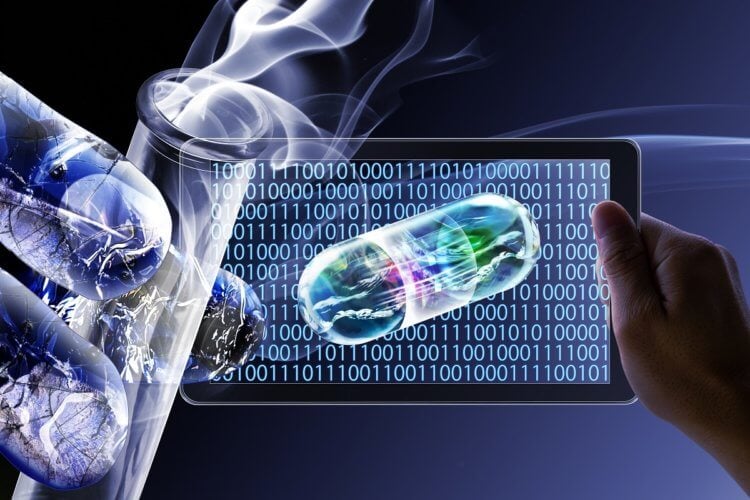
AI systems generate a huge number of molecular and protein compounds. Image: pharma-mkting.com
This is interesting: Neural networks will make medicines cheaper and more accessible
Interestingly, the drug development models that many companies use include a wide range of biological data, such as the genome sequence, images of cells and tissues, structures of relevant proteins, biomarkers in the blood, proteins produced in specific cells, as well as clinical data on the course of the disease and the effects of medications and treatments on patients. After training, such systems can be fine-tuned and their capabilities expanded.
Of particular interest is the use of patient data. For obvious reasons, it is often impossible to accurately determine the mechanism of disease development in humans, so drug development tends to rely heavily on animal models, although they can be misleading.

AI systems have enormous potential. Image: statnews.com
Thus, AI trained in human biology and better adapted to it can help avoid some of the dead-end situations that impede drug development, experts note.
For example, Insitro trains its models to work with pathological data, genome sequences, MRI data and blood chemistry tests. One of the company's models can link changes in the appearance of a cell under a microscope to mutations underlying the genome, as well as clinical outcomes in various diseases. The company hopes to use these and similar methods to identify subgroups of cancer patients who will be particularly successful with certain courses of treatment. Agree, it sounds good.
Read also: What is electrochemotherapy and how effective is it?
Development and clinical trials
Note that drug development includes a number of specific stages. It often starts with identifying the biological target responsible for the disease—DNA, RNA, protein receptor, or enzyme—and then screening for molecules that might interact with it. This stage is called «opening».
This results in small molecules for most drugs, after which scientists work to improve their activity and eliminate any associated problems. If they succeed, they begin developing a sample molecule for the next stage – preclinical testing, which includes tests with which scientists understand how a potential drug is transported, broken down and eliminated by the body.
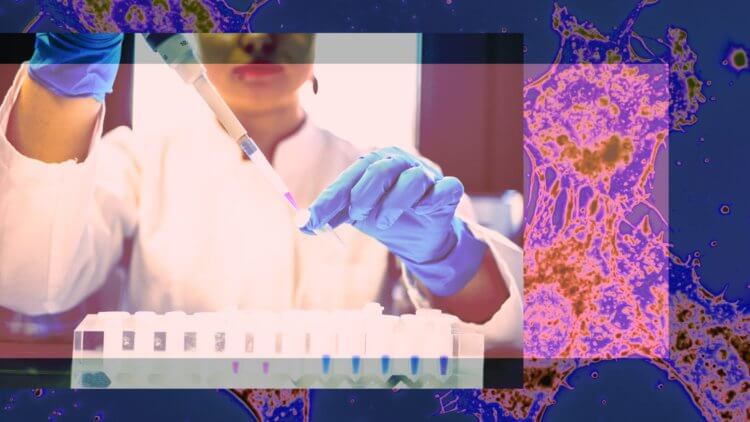
The process of developing and manufacturing drugs takes a minimum of 6 years. Image: fastcompany.com
The second phase also involves checking safety and dosage. If everything goes well, the drug receives approval for clinical trials. Alldiscovery and preclinical testing phases take an average of six years. Thus, a report published by BCG and the Wellcome Research Foundation states that artificial intelligence can provide «savings of time and money by at least 25-50%» during drug development up to the preclinical stage.
You might be interested: Naked mole rats live a long time and hardly get sick – a step towards creating a cure for aging has already been taken
How has AI accelerated the process of drug development?
Insilico Medicine, a pharmaceutical company with headquarters in New York and Hong Kong, announced that it has entered the first phase of clinical trials of a drug developed using artificial intelligence. The molecule targets idiopathic pulmonary fibrosis, a serious disease that causes permanent scarring in the lungs.
The development of the new drug and its preclinical trialswere completed in just 30 months. Last June, the company began the second stage of testing, during which experts are studying in detail the effectiveness of the new drug. Moreover, today about 20 companies are already actively using AI and have moved on to preclinical trials, and 158 drugs are in development.
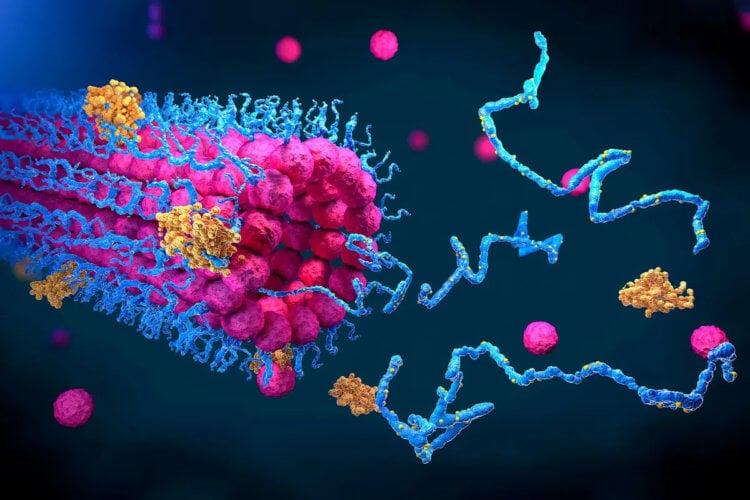
AI systems work great, but they can make mistakes. Image: mediaproxy.salon.com
These statements, however, come from the companies themselves and until independently verified, caution should be exercised. Ultimately, all results obtained during testing and development must be published in peer-reviewed scientific journals that are not affiliated with the relevant companies.
Don't miss: The creepiest “drugs” in human history
Don't forget about other problems associated with AI systems – many models are known to consider a number of drug candidate molecules to be effective based on template data loaded for training. And you and I have already gone through this and we know that the same ChatGPT chatbot sometimes makes up answers. This means that some AI systems may simply suggest substances that cannot be manufactured.
The world is on the verge of revolution
The ability of artificial intelligence to generate new ideas gives users information to identify drug targets and predict the behavior of new compounds. It is also used to find new uses for old drugs, predict the side effects of new drugs, and find ways to distinguish those patients who might be helped by a drug from those who might be harmed by it. But despite this progress, Dr. Pande of Andreessen Horowitz, believes that recent advances markincremental changes.
Biomedical Research , especially in the biotech and pharmaceutical fields, have steadily increased their dependence on automation and engineering even before new basic models emerged. Now that this has happened, they seem to reinforce each other, he says.
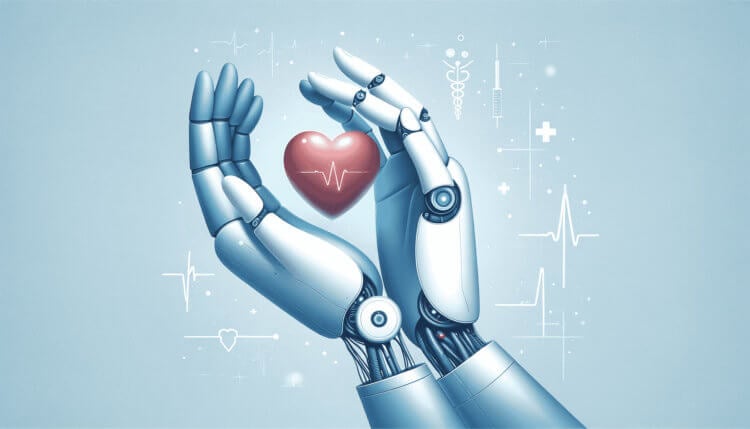
Artificial intelligence will eventually treat diseases for which there is no cure yet and help replace drugs with serious side effects. Image: assets-global.website-files.com
The new core models don't just allow you to work with large amounts of data – they require them to be used, and highly automated laboratories need arrays of reliable data. In short, biology can now be viewed as an «information processing system, albeit an extremely complex one». Some even say that AI
are mastering the «language of biology» and learns to understand what evolution has led to directly based on data.
Do you know how dangerous counterfeit medicines are and how to recognize them? The answer is here!
Thus, some researchers predict the emergence of open foundation models that will integrate data covering the entire spectrum – from genome sequences to medical histories. One way or another, the world seems to be on the verge of a new industrial revolution that will change everything. Fortunately for everyone, this process will most likely be gradual and we should have the final say.